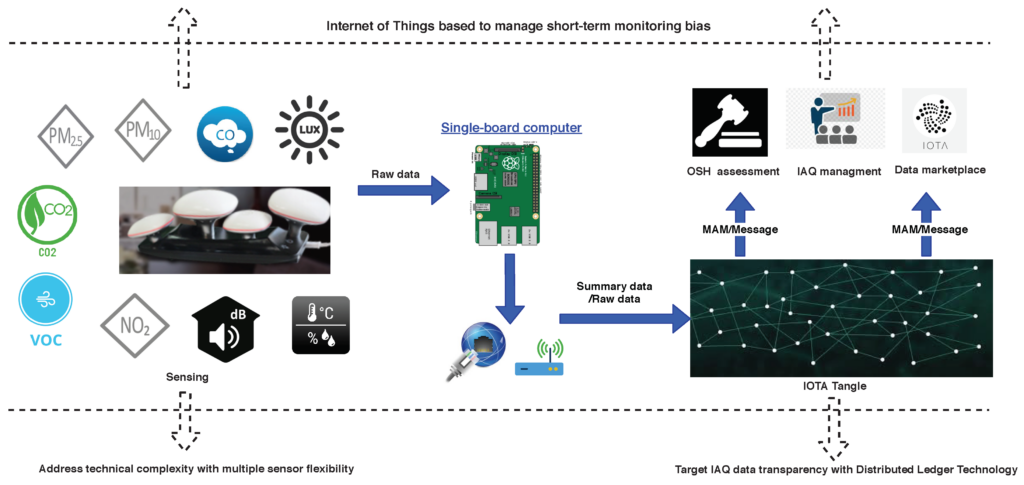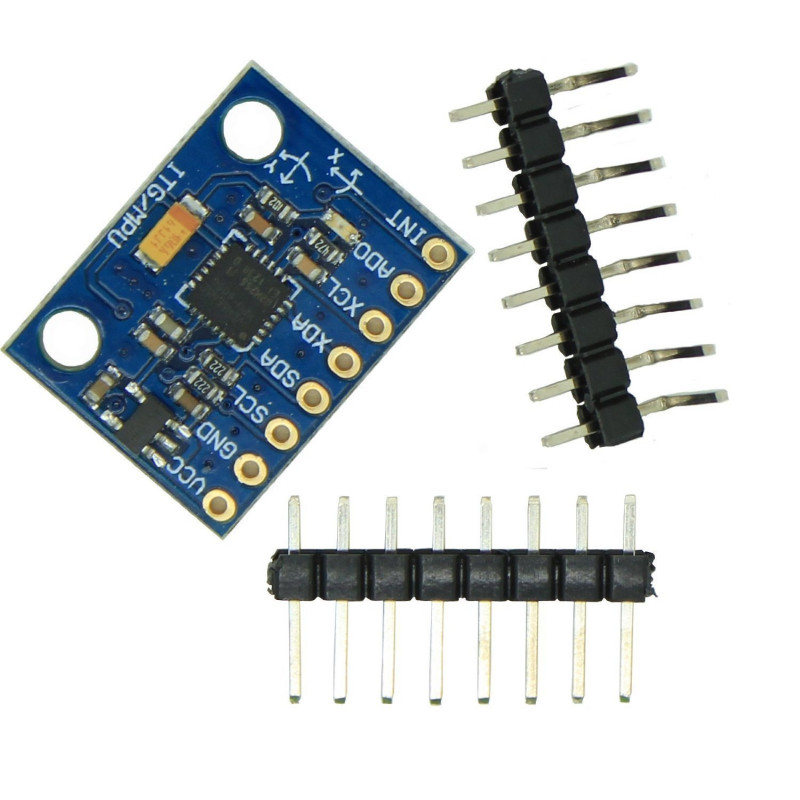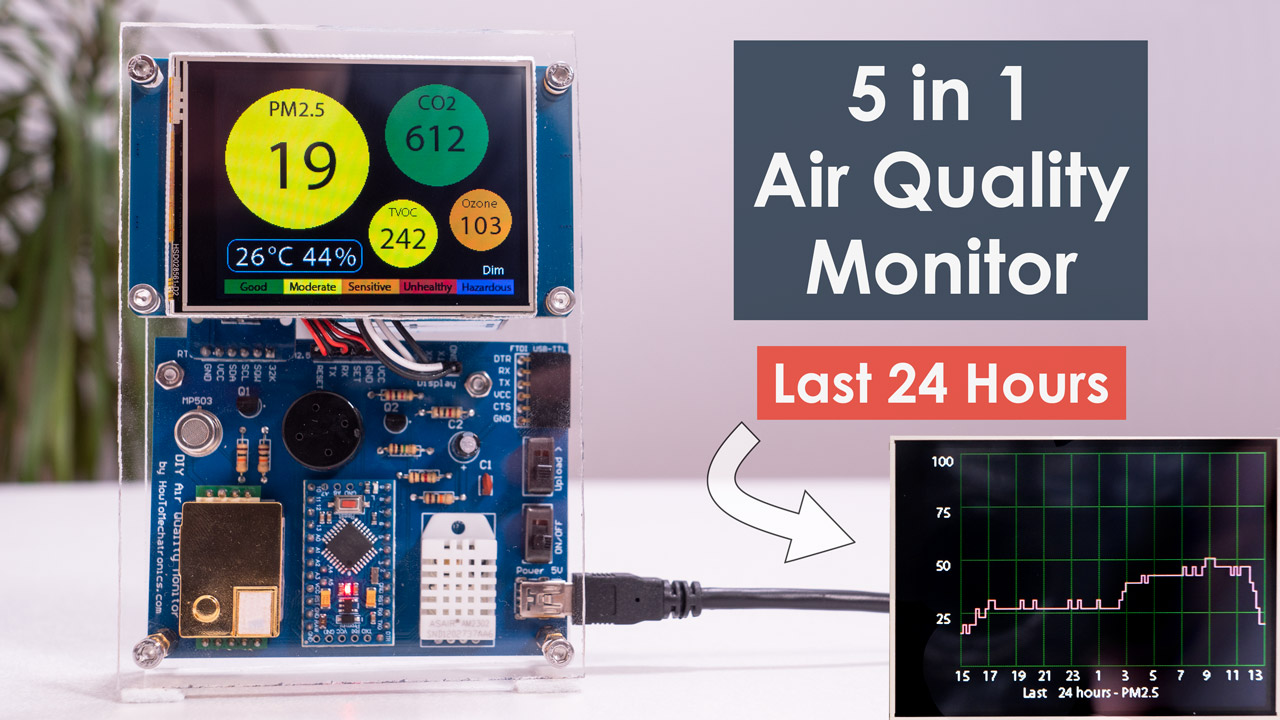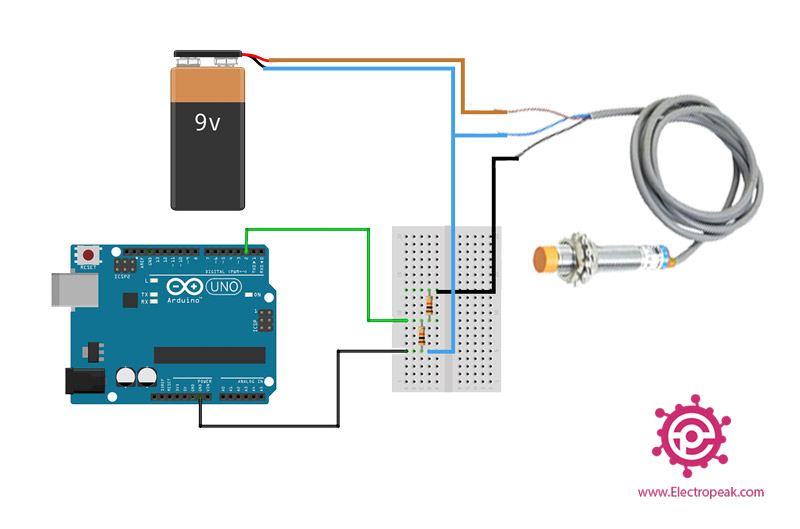Best way to monitor indoor air quality with IoT sensors?
Indoor air quality is a critical factor in maintaining a healthy and comfortable living environment. Poor air quality can lead to a range of health issues, including respiratory problems, allergies, and even asthma. With the rise of smart home technology, monitoring indoor air quality is easier than ever before with the use of IoT sensors. These sensors can measure various components of air quality, such as temperature, humidity, particulate matter, carbon dioxide, and volatile organic compounds.
So, what is the best way to monitor indoor air quality with IoT sensors? Here are some tips to help you get started:
Choose the right IoT sensors
When it comes to monitoring indoor air quality, it’s essential to choose the right IoT sensors for your needs. Look for sensors that can measure a wide range of pollutants and provide accurate and real-time data. Some popular IoT sensors for indoor air quality monitoring include the Airthings Wave Plus, Foobot, and Awair.
These sensors can track various pollutants such as volatile organic compounds (VOCs), carbon dioxide, particulate matter, temperature, and humidity levels. By investing in high-quality IoT sensors, you can ensure that you are getting accurate and reliable data about your indoor air quality.
Place the sensors strategically
Once you have chosen the right IoT sensors, it’s crucial to place them strategically throughout your home. By strategically placing the sensors in different rooms and areas, you can get a comprehensive view of your indoor air quality. Consider placing sensors in rooms where you spend the most time, such as the living room, bedroom, and kitchen.
Additionally, placing sensors near potential sources of pollution, such as gas stoves, fireplaces, and cleaning products, can help you identify and address air quality issues more effectively. By strategically placing the sensors, you can get a better understanding of how pollutants move through your home and make informed decisions to improve your indoor air quality.
Monitor and analyze the data
Once you have set up your IoT sensors and placed them strategically, it’s time to start monitoring and analyzing the data they collect. Most IoT sensors come with a companion app or software that allows you to view real-time data and trends in your indoor air quality.
Pay close attention to any changes or fluctuations in the data, as these could indicate potential air quality issues. For example, a sudden increase in VOCs or carbon dioxide levels could signal poor ventilation or the presence of pollutants in your home. By monitoring and analyzing the data regularly, you can take proactive steps to improve your indoor air quality and create a healthier living environment for you and your family.
Take action to improve air quality
Finally, once you have monitored and analyzed the data from your IoT sensors, it’s time to take action to improve your indoor air quality. Depending on the issues identified, there are several steps you can take to enhance the air quality in your home.
- Improve ventilation by opening windows and using exhaust fans
- Use air purifiers to remove pollutants and allergens from the air
- Reduce sources of pollution, such as cigarette smoke and harsh cleaning products
- Monitor humidity levels and use a dehumidifier if necessary
- Regularly clean and maintain your HVAC system to prevent the buildup of dust and mold
By taking these proactive steps, you can create a healthier and more comfortable living environment for you and your family. Monitoring indoor air quality with IoT sensors is a valuable tool in ensuring that your home is a safe and healthy place to live.
In conclusion, monitoring indoor air quality with IoT sensors is essential for maintaining a healthy and comfortable living environment. By choosing the right sensors, placing them strategically, monitoring and analyzing the data, and taking proactive steps to improve air quality, you can create a safer and healthier home for you and your family. Invest in IoT sensors today and start breathing easier knowing that you are taking control of your indoor air quality.
Best way to monitor indoor air quality with IoT sensors?
Indoor air quality is a critical factor in maintaining a healthy and comfortable living environment. Poor air quality can lead to a range of health issues, including respiratory problems, allergies, and even asthma. With the rise of smart home technology, monitoring indoor air quality is easier than ever before with the use of IoT sensors. These sensors can measure various components of air quality, such as temperature, humidity, particulate matter, carbon dioxide, and volatile organic compounds.
So, what is the best way to monitor indoor air quality with IoT sensors? Here are some tips to help you get started:
Choose the right IoT sensors
When it comes to monitoring indoor air quality, it’s essential to choose the right IoT sensors for your needs. Look for sensors that can measure a wide range of pollutants and provide accurate and real-time data. Some popular IoT sensors for indoor air quality monitoring include the Airthings Wave Plus, Foobot, and Awair.
These sensors can track various pollutants such as volatile organic compounds (VOCs), carbon dioxide, particulate matter, temperature, and humidity levels. By investing in high-quality IoT sensors, you can ensure that you are getting accurate and reliable data about your indoor air quality.
Place the sensors strategically
Once you have chosen the right IoT sensors, it’s crucial to place them strategically throughout your home. By strategically placing the sensors in different rooms and areas, you can get a comprehensive view of your indoor air quality. Consider placing sensors in rooms where you spend the most time, such as the living room, bedroom, and kitchen.
Additionally, placing sensors near potential sources of pollution, such as gas stoves, fireplaces, and cleaning products, can help you identify and address air quality issues more effectively. By strategically placing the sensors, you can get a better understanding of how pollutants move through your home and make informed decisions to improve your indoor air quality.
Monitor and analyze the data
Once you have set up your IoT sensors and placed them strategically, it’s time to start monitoring and analyzing the data they collect. Most IoT sensors come with a companion app or software that allows you to view real-time data and trends in your indoor air quality.
Pay close attention to any changes or fluctuations in the data, as these could indicate potential air quality issues. For example, a sudden increase in VOCs or carbon dioxide levels could signal poor ventilation or the presence of pollutants in your home. By monitoring and analyzing the data regularly, you can take proactive steps to improve your indoor air quality and create a healthier living environment for you and your family.
Take action to improve air quality
Finally, once you have monitored and analyzed the data from your IoT sensors, it’s time to take action to improve your indoor air quality. Depending on the issues identified, there are several steps you can take to enhance the air quality in your home.
- Improve ventilation by opening windows and using exhaust fans
- Use air purifiers to remove pollutants and allergens from the air
- Reduce sources of pollution, such as cigarette smoke and harsh cleaning products
- Monitor humidity levels and use a dehumidifier if necessary
- Regularly clean and maintain your HVAC system to prevent the buildup of dust and mold
By taking these proactive steps, you can create a healthier and more comfortable living environment for you and your family. Monitoring indoor air quality with IoT sensors is a valuable tool in ensuring that your home is a safe and healthy place to live.
In conclusion, monitoring indoor air quality with IoT sensors is essential for maintaining a healthy and comfortable living environment. By choosing the right sensors, placing them strategically, monitoring and analyzing the data, and taking proactive steps to improve air quality, you can create a safer and healthier home for you and your family. Invest in IoT sensors today and start breathing easier knowing that you are taking control of your indoor air quality.



